The greatest second-place finishes in history
From Hillary Clinton to Greg Norman at the Masters, respect doesn’t always depend on winning.
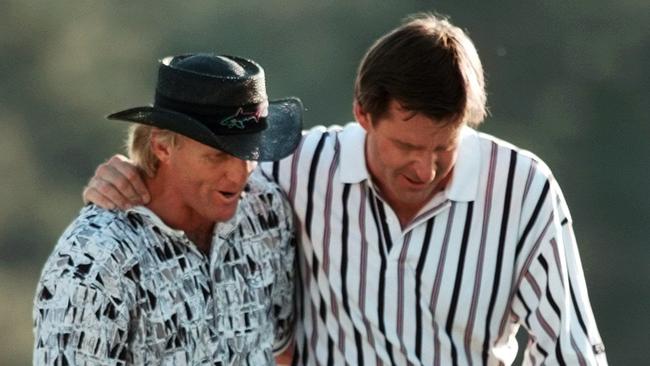
Entertainment
Don't miss out on the headlines from Entertainment. Followed categories will be added to My News.
Revered poet and editor William C Bryant summed it up rather bluntly: Winning isn’t everything, but it beats anything in second place.
American golfing legend Jack Nicklaus went one further when proclaiming his disdain for the also-rans.
“Nobody ever remembers who finished second at anything,” he said.
Most have it drummed into them as a child that there’s no shame in taking home the silver for second.
It is taking part that counts, they say.
For others, though, a win-at-all-costs attitude is all-encompassing.

This obsession with triumph — an all too often unattainable fiction — is the subject of American artist Diamond Stingily’s large-scale 700-plus trophy installation In the middle but in the corner of 176th place, part of NGV’s latest Triennial exhibition.
The 723 trophies in the work have inscriptions such as “We didn’t have this sport when I was growing up” and “I did the best I could with what I had”.
The inscriptions are snippets of conversations Stingily had with her grandmother and her brother, Byron, a former NFL player.
In a nod to Stingily’s work, these are some of the greatest second-place finishers at home and abroad – some of whom went on to even greater success than their initial conquerors.
BUZZ ALDRIN
Black-and-white television sets the world over were tuned in for one of the most anticipated human feats of all time in 1969 when NASA’s Apollo 11 landed on the moon.
Mission Commander Neil Armstrong was first to plant a boot on the lunar dust as 650 million people watched on from Earth.
Buzz Aldrin followed him down the ladder from lunar module, the ‘Eagle’, 19 minutes later.
Upon retiring from NASA and later the US Air Force, Aldrin continued a push for space exploration, namely a human mission to Mars.
The Aldrin cycler — a spacecraft trajectory, which makes travel to Mars more efficient – was even named in his honour.
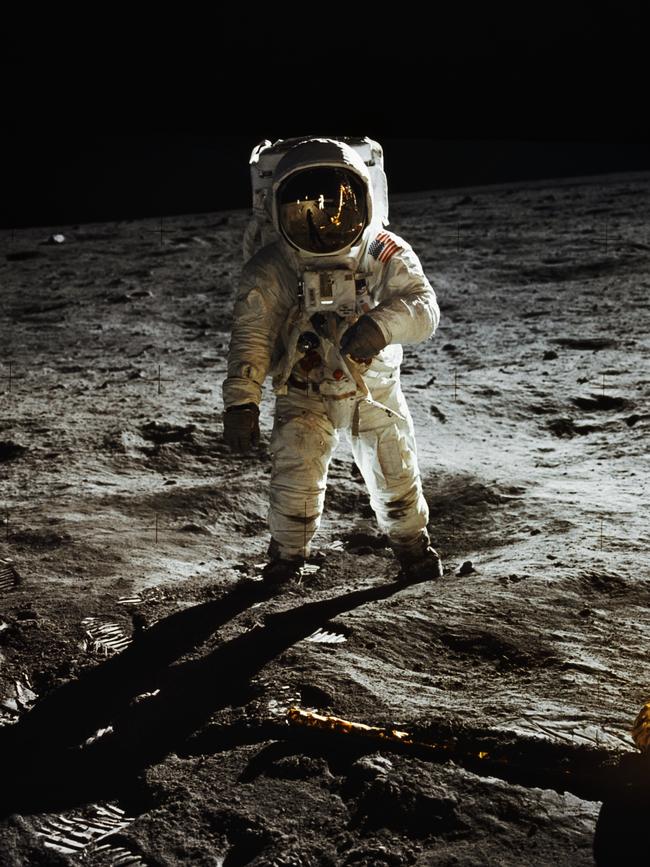
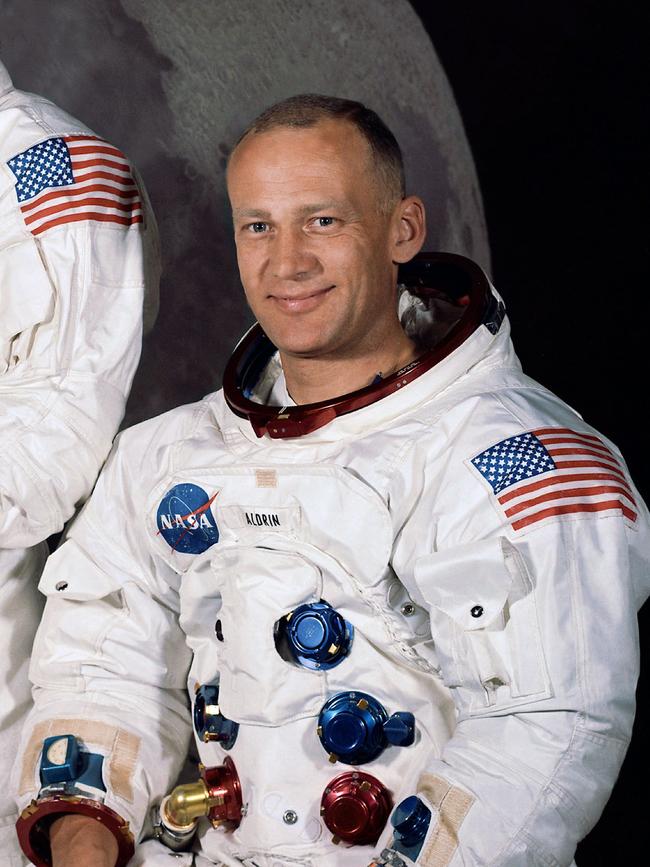
HILLARY CLINTON
Having spent a lifetime in the political arena, Clinton had notched the runs on the board as a US Senator from New York from 2001-2009, as US Secretary of State from 2009-2013 under Barack Obama and previously gained insight into the inner workings of the White House as the First Lady during husband Bill Clinton’s reign from 1993-2001.
So when she became the first woman to be nominated for the top job in the US by a major political party by the Democrats in 2016, Clinton firmed as a safe bet to see off the Republicans’ rambunctious reality TV star, Donald Trump.
Despite winning only 232 electoral votes to Trump’s 306, Clinton won the popular vote by more than 2.8 million votes — the most votes by any candidate who did not take the White House.

TENZING NORGAY
If there was ever a person who deserved to reach the summit of the world’s highest mountain first, it was Tenzing Norgay.
The Indian-Nepali Sherpa had spent nearly 20 years assisting every expedition that had attempted to scale Mt Everest.
All had been unsuccessful, but his climb with Raymond Lambert’s 1952 Swiss expedition came within 778ft of the peak.
A year later, on a British expedition, New Zealander Edmund Hillary asked the experienced Norgay to pair up, with the final ascent in sight.
British pair Tom Bourdillon and Charles Evans had turned back just 91m shy of the summit, before waving through Hillary and Norgay to make what would become their successful final push.
Controversially, Queen Elizabeth II knighted Hillary and expedition leader John Hunt, but Norgay only received the George Medal for his efforts.
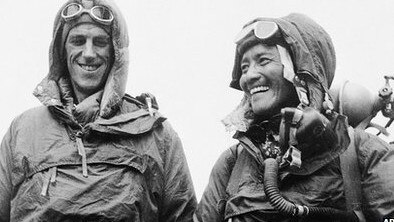
SUSIE O’NEILL
Australia’s darling of the pool, ‘Madame Butterfly’, was no stranger to Olympic success, having claimed individual gold in the 200m butterfly at the 1996 Atlanta Olympics and in the 200m freestyle at her home Olympics in Sydney in 2000.
While thankfully better remembered for these two triumphs, it was her defeat in the 200m butterfly final at the Sydney Olympics, which went down as one of the greatest Olympic upsets and earned her a place on this list.
The Queenslander had dominated her pet event, having broken American Mary T. Meagher’s 20-year-old world record in the same Sydney pool only months earlier.
With the 200m freestyle gold from days earlier she was a heavy favourite to go back-to-back in the 200m butterfly.
It took a power-kicking American upstart Misty Hyman — last off the blocks in the final — to end O’Neill’s reign, for her sole Olympic medal in what was the Australian’s first defeat in the event in six years.

JESSICA MAUBOY AND MATT CORBY
In the burn and churn world of reality TV contests rolling off the conveyor belt, Australian Idol has arguably launched the most successful careers.
Two of the stand-out cases where the runner-up has since soared past the show’s winner are Jessica Mauboy and Matt Corby.
In 2006, a 17-year-old Mauboy came up short in the final showdown against Irish-born Damien Leith. The Darwin singer has gone to rack up half a dozen top 10 albums — including two No.1s — and 16 top 20 singles, including a No.1.
She was Australia’s 2018 Eurovision Song Contest representative and has ventured into acting, starring in films Bran Nue Dae and The Sapphires — the latter earning her an AACTA Award.
A 16-year-old Corby lost out to Natalie Gauci a year earlier and despite admitting his time on the show was a big mistake, Corby has gone on to forge a highly acclaimed career, with a No.1 album, multi-platinum singles and a host of Aria and J Awards.
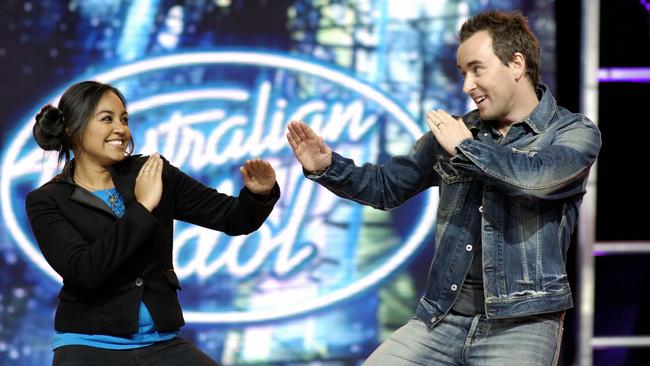
CHARLES ULM
With the advent of improved aircraft in the early decades of the 20th century, Australia’s most famous aviator Charles Kingsford Smith became the first to cross the Pacific Ocean by air in 1928.
It was among a string of world-beating feats for the Brisbane boy.
Less acknowledged on that three-stage flight from Oakland, California to Brisbane, was not so much a second place-getter but his co-pilot and fellow Australian, Charles Ulm.
A huge crowd greeted the pair as they touched down in Brisbane and reports of up to 300,000 when they reached Sydney’s Mascot airport the following day – now named after Kingsford Smith.
On most of their journeys together, Kingsford Smith was the chief pilot and Ulm the chief organiser, however he was co-pilot on that inaugural US-Australia flight.
Even the press release for the 75th anniversary celebrations of the landing in Brisbane made no mention of Ulm, only of “Smithy and his crew”.
Considered the business brains of the partnership, Ulm rounded up the funds needed to complete the trip aboard the Southern Cross and later established Australian National Airways with Smith.
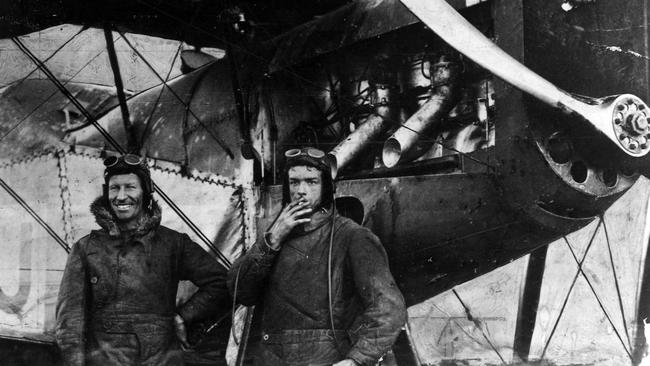
ST KILDA
Long-suffering Pies fans will stake a claim to being the most hard-done-by club in Grand Finals in Australia’s national code.
While easily the most prolific loser in the deciders, having come up short 28 times — 13 times more than next placed Essendon — success hasn’t eluded them.
Sixteen flags, including the 2010 Grand Final, have still handed Collingwood plenty to cheer about and leaves them with a 36 per cent strike rate.
Fremantle doesn’t yet have the years on the board, despite having lost their sole Grand Final appearance in 2013.
Spare a thought instead for the Saints.
The bayside club has just one flag to show — in 1966 — from eight appearances in the Grand Final.
There were none more harrowing than the 2010 showdown with Collingwood, which they drew and subsequently lost by nearly 50 points in the first Grand Final Replay staged in the sport’s history.

RED CADEAUX
The English stayer ventured to Australia six times and became a fan favourite as a triple runner-up in the Melbourne Cup — in 2011, 2013 and 2014.
‘Big Red’ came up short of victory at Flemington first to Dunaden, before Fiorente and Protectionist had his number.
He was the first international horse to contest five Melbourne Cups but the 10-year-old gelding was euthanased following complications from an injury suffered during the 2015 event.
The Cup’s most famous runner-up was laid to rest at Flemington Racecourse at his owner Ronnie Arculli’s request.
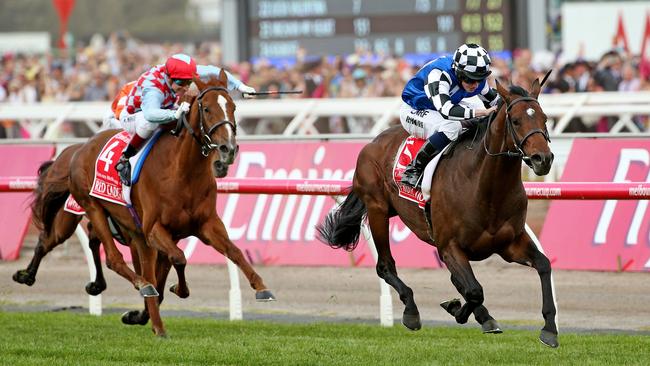
GREG NORMAN
The Great White Shark spent 331 weeks atop golf’s world rankings in the 1980s and 1990s and did finish with two majors to his name.
But for all his dominance, Norman finished runner-up at the majors eight times, none more infamous than in the 1996 Masters at August.
In arguably his greatest choke, the Queenslander began the final day with an almost unassailable six-stroke lead over Brit Nick Faldo, only to crumble emphatically with the finish line in sight to lose by five strokes.
It came a decade after his first runner-up showing there, when Jack Nicklaus fired one of the best final rounds in history to triumph.
His third second-place finish at Augusta meant he ended his career without winning any of the three majors in the US.
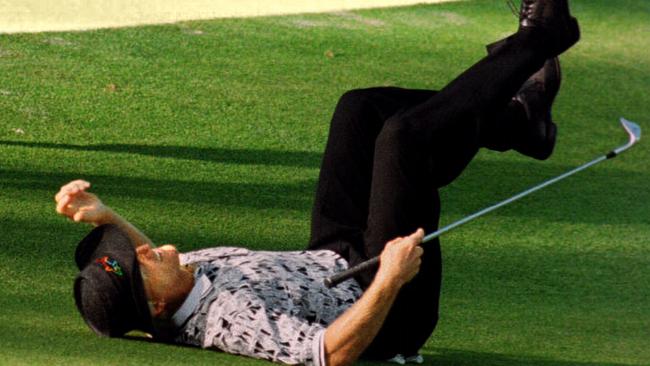
TOTTENHAM HOTSPUR
After being crowned Football League Champions (now the Premier League) in 1960-61, the trophy runs for one of north London’s most celebrated clubs began to dry up and they were even briefly relegated from the top flight following the 1976-77 season.
Their most recent trophy of any kind came in the 2008 Carling Cup final, their first in nine years.
Lauded as one of the strongest Premier League sides in recent seasons, the Spurs failed to capture any trophies in Mauricio Pochettino’s five years at the helm of the club.
They stormed out of the blocks in 2015-16 and led for most of that season before the unheralded Leicester City pipped them at the post, with long-time rivals Arsenal also sneaking above them.
A year later, they finished second in the race, this time to Chelsea.
Star striker Harry Kane has twice secured the Golden Boot – including the 2016-17 season when he found the back of the net three times against Hull City on the final day of the season — but remains without a club trophy.
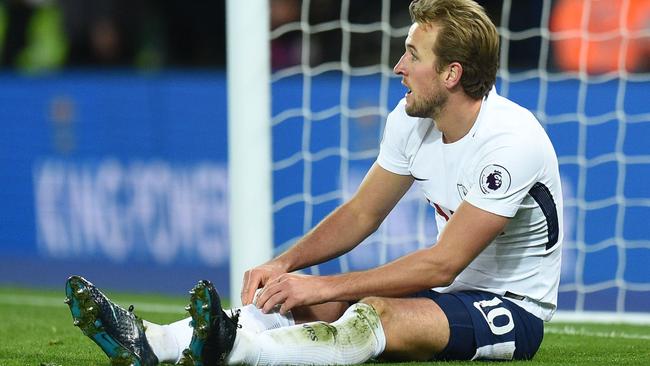
BUFFALO BILLS
To reach four straight Super Bowls in successive seasons is no mean feat – to lose them all is nigh on cruel.
That’s what the Bills managed from 1991-1994, with the most harrowing defeat being their first of that stretch — edged 20-19 by the New York Giants in 1991.
In a gripping showdown, Scott Norwood missed a 47-yard field goal attempt for the championship in the dying seconds.
Norwood spent his entire seven-season NFL career with the Bills and did manage to surpass the now disgraced O.J. Simpson as the team’s leading scorer during his time there.
The Bills remain searching for their maiden Super Bowl.
NGV Triennial is on from December 19. Entry is free, but bookings are required.




